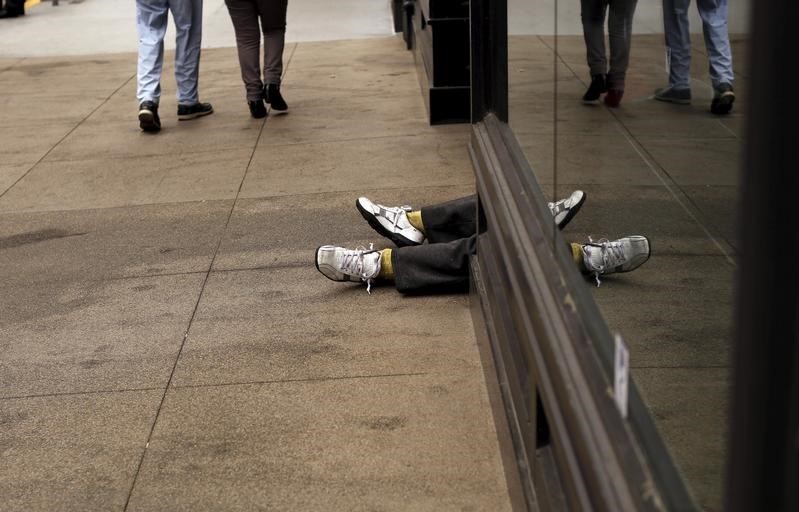Robert Galbraith/Reuters
By
Anastasia Moloney
From the exploitation of workers in carnivals to forcing people into door-to-door sales, more under-reported forms of modern slavery are emerging in the United States which need to be tackled, according to a report released.
The anti-slavery group Polaris said it had analysed data from 40,000 likely cases of human trafficking and labour exploitation based on calls to a national hotline since 2007 and divided these into 25 different types of modern slavery.
While sexual exploitation in bars and forced labour in tobacco fields, nail salons and homes is well known, other forms of slavery are going under the radar with little action taken to tackle these crimes, said Polaris CEO Bradley Myles.
Polaris, which runs the U.S. National Human Trafficking Hotline, said its study was based on the largest amount of data gathered on human trafficking in the United States.
“We found cases of personal sexual servitude where gang members hold someone basically in captivity in their house for purposes of their own sexual pleasure,” Myles told the Thomson Reuters Foundation, adding that traffickers had unique ways of recruiting and controlling victims.
Last year, 7,572 trafficking cases were reported to the National Human Trafficking Hotline, a rise of 24 percent on 2015, according to Polaris, with at least 5,550 cases related to sex trafficking and 1,057 to trafficking for forced labour.
The most common form of trafficking was sexual exploitation taking place in hotel rooms and private parties described in the report as escort services.
The report also uncovered more obscure types of trafficking, involving victims forced to work in acting, choir and dance troupes or made to operate rides and food stalls at carnivals and fairs. It also uncovered children being forced to beg.
“Our minds need to be as wide open as possible to see the totality of it than to narrow in on certain types,” Myles said.
The report found that trafficked victims working in the beauty business, such as nail and hair salons, were most likely to be women from China and Vietnam.
While the majority of labour trafficking victims in construction were men from Mexico and Central America, those working in the hotel industry were typically from Jamaica, the Philippines, and India.
U.S.-born adults and children are most likely to be victims of sexual exploitation and be forced into door-to-door sales, the report said.
Children who have run away from home, those who have been sexually abused, and those in the care of social services or foster parents, are most vulnerable.
Myles said all too often it was assumed that trafficking happens elsewhere and doesn’t involve U.S.-born citizens.
“Manipulative and very predatory U.S. citizen pimps see a market opportunity to re-exploit those already vulnerable U.S. citizen girls and boys,” he said.



No Comments Yet!
You can be first to comment this post!